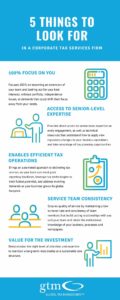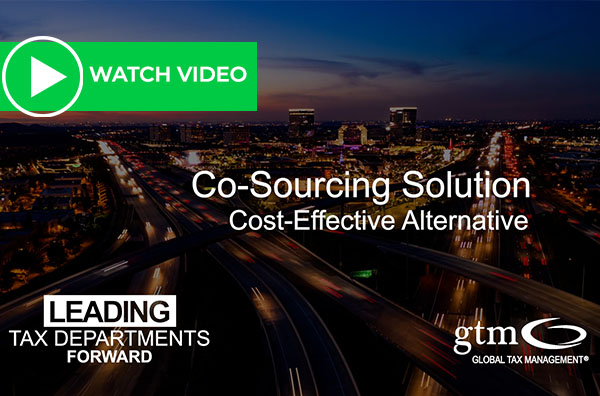By: Ryan Lynch, Director, Tax Automation Services
Large amounts of data should be an asset to a tax department – it allows for better analysis, scenario building, and tax planning. More commonly, however, tax teams don’t know how to efficiently manage nor harness the volumes of available data to gain maximum benefit. And, while there may not be an adequate ‘one-size-fits-all’ solution for every company, there are some common best practices and even a few new technologies to consider.
Data management is largely the operation of cleaning and moving or transfer of data. Data analysis – or the slicing and dicing of data – is a different animal. In tax, raw data comes in from many places, is processed and reported as outputs such as SEC and IRS filings. The data sets are large and often very complicated. Frequently, tax departments require data at an even more granular level of detail than do their accounting cousins. In order to make it usable from an operational perspective, companies need to be able to retrieve and manipulate data fast and this requires a data management process that is consistent and repeatable.
Tax departments need a good way of storing, organizing, and – most critically – retrieving data in a coherent manner. They need to index data to make searching and retrieving fast and easy. This starts by defining what goes into the individual data tables that make up the database. These definitions are also called business rules and are instrumental to being able to index data efficiently. Further, companies need to store specific data points one time, in one place, and in a way that they can be cross-referenced and queried together to create a subset of data.
One way to do this is by creating master data, which is data that is static and unable to be edited but that can still be related to other dynamic data points that change based on new information. This is a parent (master data) / child relationship or relational database.
Some companies use their corporate Enterprise Relationship Management (ERP) systems for tax purposes but this isn’t ideal for a number of reasons. First, these systems are highly customized up-front but upon implementation, they are inflexible and difficult to modify for changing needs. Changes require IT involvement and can take months. Furthermore, these systems are not ideal substitutes for purpose-built tax applications, like fixed asset or provision software. Although there are some exceptions, ERP systems are generally limited in tax functionality. Lastly, data management for tax purposes requires highly specialized functionality simply not offered by traditional ERP systems.
Fortunately, today’s tax departments have a few different options available to them – and these may be different for different tax purposes (i.e., fixed asset management versus trial balance management). The right technology with intuitive front-end user interfaces will reduce a tax department’s reliance on other departments and manual manipulations. They will also loosely marry crucial book and tax data systems for better analysis. Finally, modern tax solutions will ultimately reduce the amount of costly, time-consuming manual intervention to improve accuracy of the data and calculations.
Tax Data Management – One Size Fits None
Truth be told, there is no one out-of-the-box solution for tax data management, largely because there is no single issue to be solved. Remember the general issue of tax data management is retrieving and quickly manipulating data with a consistent, repeatable and automated process. The same concepts apply to many tax functions: building trial balances at the detail necessary for tax calculations, tracking fixed asset information for tax, manipulating sales and use tax data, and more. Whether custom-built, in house, or purchased, tax data management solutions should be flexible, scalable, and able to meet various needs. As a result, the best solution is likely a hybrid – an off-the-shelf solution that also allows for customization through the solution’s built-in configuration tools.



